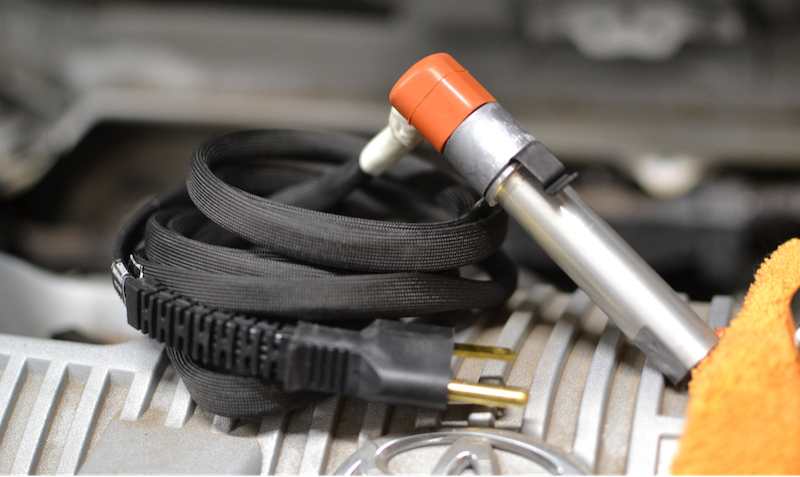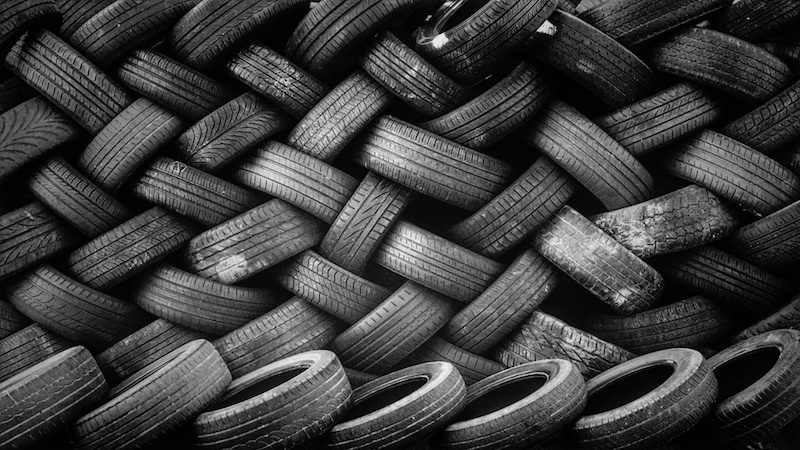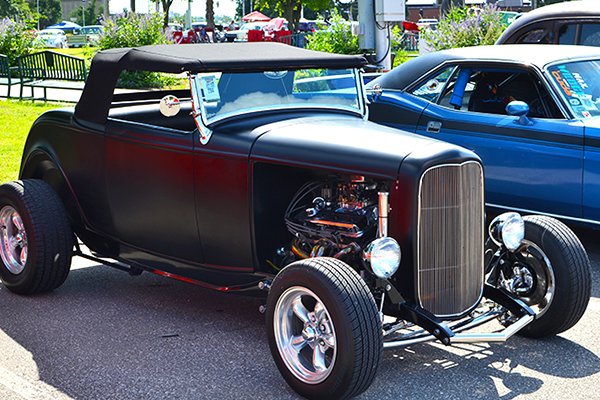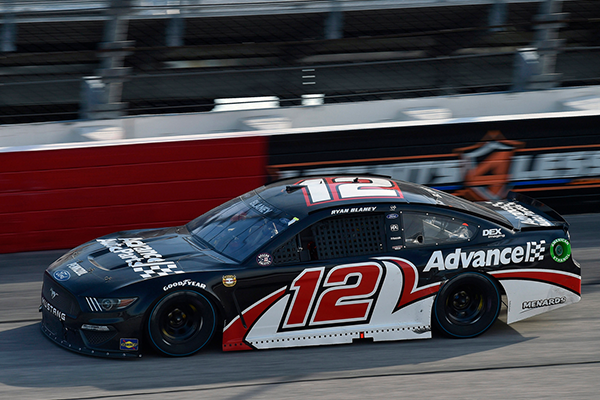Back in the day, V8s ruled the streets in passenger cars, wagons, vans, and pickups. In 1960, GMC tried something different, stuffing a monster 702 cubic inch V12 into their professional grade commercial trucks. Here's a look at why this early '60s engine is the ultimate hot rod swap.
Impressive Specs
Commercial trucks in the 1950s used huge displacement inline six or eight-cylinder engines, with larger 5+ liter V6s gaining popularity during a period of automotive innovation. For 1960, GMC offered the “Twin Six" V12, displacing 702 cubic inches, or 11.5 liters in the modern measurement style. Designed as a low-revving, heavy hauling alternative to diesel engines, the 702 went into commercial vehicles, never appearing in a publicly available pickup. Instead, it saw service in cab-over style semi-trucks, fire trucks, and military missile transporters. It also saw service on farms as the powerplant for irrigation equipment. Production only ran until 1965, making the 702 rather rare today.

Source | Wikimedia Commons
While it was called the “Twin Six," it really wasn't just two V6 engines welded together. You can see this confusion comes from the engine's four cylinder heads, four exhaust manifolds, two intake manifolds, and two distributor caps (on the same distributor drive). However, due to the need for parts standardization within GMC, it borrowed parts like the cylinder heads of the 351 V6 for parts interchangeability, easy maintenance, and lower cost. The 702 was its own engine, a single cast iron engine block, crank, and camshaft.
Classic vs Modern
The Twin Six was built to be a brute hauler, with some impressive numbers even 60 years later. The 2,400 RPM redline seems unusually low, as does the 275 peak horsepower. For comparison, a modern Lamborghini Centenario also has a V12 weighing only 518 lbs, and it hits 760 horsepower at 8,500 RPM. Torque is 530 lb-ft at 6,720 RPM, making the Lambo fast, but terrible at towing. On the other hand, try and rev a Twin Six to 8,500 RPM and you'll have broken V12 parts scattered over the surrounding 20 acres. Remember that it's not the horsepower that counts here, but the torque. With 630 lb-ft available just off idle, the 702 could pull 60,000 pounds up a mountain grade.

Commercial trucks of the time usually had a 120 gallons of fuel capacity, which was good news as drivers reported you could see the gas gauge move if you had a heavy foot. Officially the Twin Six was rated at two miles per gallon, although it was joked that downhill and a tailwind could get you to 3 MPG. The engine assembly weighs just under 1,500 lbs, which is equivalent to an '80s Ford Festiva with a full tank of gas. GMC advertised the 702 as capable of 200,000 miles without major overhaul. That was quite the feat of engineering for a gasoline engine back in the day, and it's still good today. The high output oil pump probably helped with reliability, flowing 17 gallons of oil per minute, while the water pump circulated 118 gallons of coolant each minute. Amusingly, the new PCV system was a bragging point back then and also featured in advertising. Engine rebuilds are probably challenging, with 56 head studs alone. The Twin Six is an “over square" engine with a 4.56 inch bore, and 3.58 inch stroke, making for a whopping 58.5 cubic inches per cylinder.
The Ultimate Hot Rod Swap
Traditional hot rods typically shoehorn a larger engine into a small vehicle's engine bay, giving us the popular combination of a '30s Ford coupe (lots of them made) with a modern Chevy V8 (around 90 million manufactured). Ever looking to do something different and next level, the Twin Six gained attention of hot rodders in the early 21st century as a wild engine swap option.
Custom hot rod shop Blastolene Brothers builds some wild hand-built rides, including Jay Leno's famous tank engine roadster. Another creation, the Blastolene B702 gets its name from the Twin Six power plant. Instead of a lackluster commercial truck, the V12 sits in the engine bay of a gorgeous swoopy roadster, looking like a world where the roaring 1920s never ended. It sold at auction for over a half million dollars.
Unrestored (read: “used up") examples of the Twin Six occasionally pop up for sale online, with an asking price of around $3,000. A company called Thunder V12 sells rebuilt and upgraded turn-key examples starting at $18,000. Their high performance option makes 425 horsepower, and enough torque to break the dyno.
Thunder V12 estimates there were only around 5,000 examples of the Twin Six built, with only around 200 left in the wild. If you find one at a swap meet and you're interested, you should probably jump on it.
Would you consider this American V12 for a hot rod swap, or go the traditional V8 route? Let us know in the comments below.







